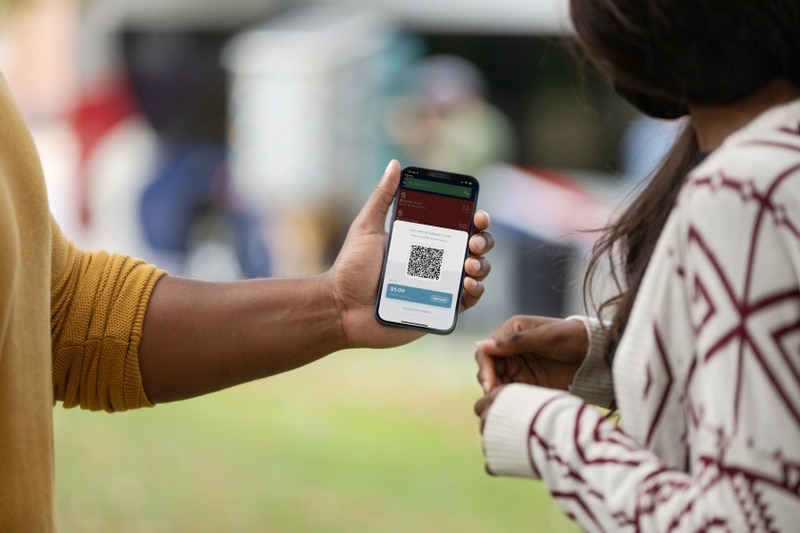
Article Highlights
The Central Ohio Transit Authority, or COTA, estimates it will lose substantial fare revenue to offer fare capping, as part of a more equitable and simplified fare policy. It has introduced a new account-based ticketing system to enable it to offer the new fare policy.
COTA’s estimate of $1.8 million per year in lost fare revenue would have amounted to nearly 10% of all of agency fare revenue for 2019–its last pre-Covid year on record.
• COTA (Columbus, OH)
• Masabi
• Greater Dayton RTA
• Genfare
The Central Ohio Transit Authority, or COTA, officially launched its new digital-payments service Monday, including a fare-capping feature that the agency estimates will cost it $1.8 million per year in lost fare revenue, the agency confirmed to Mobility Payments.


















